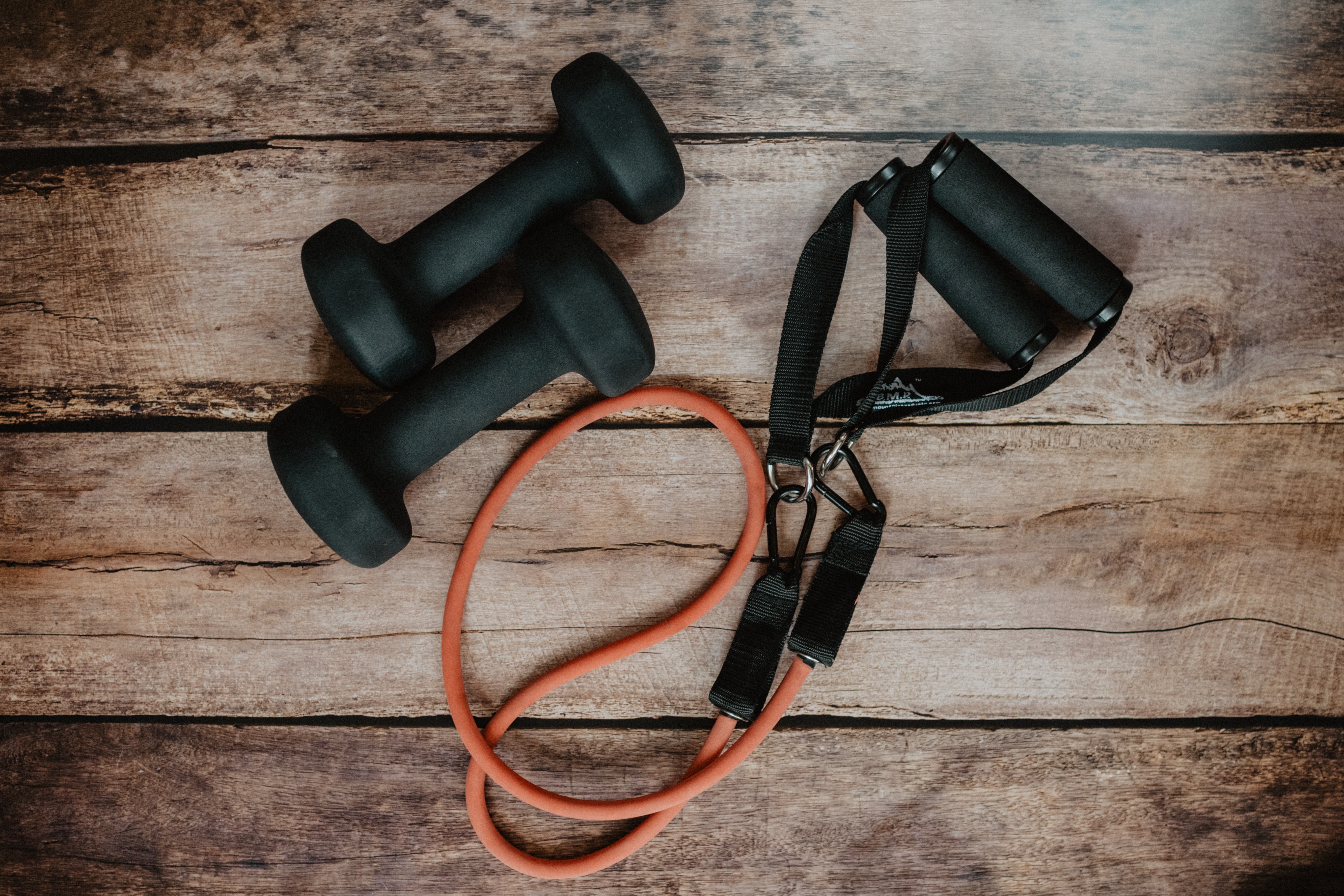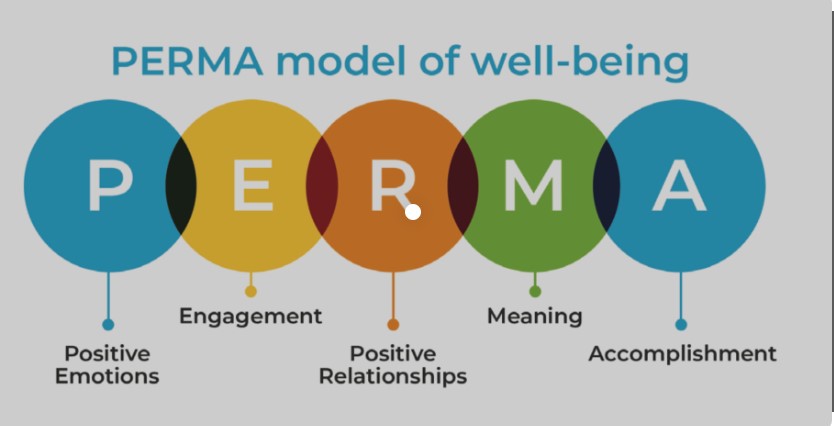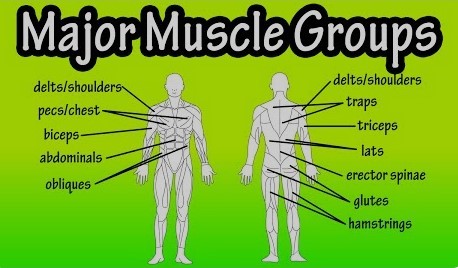Unit 5 Strategies for Wellbeing

This unit is an extension of the Integrative self where we use multiple modalities of the “self” to improve our overall wellbeing. We will first look at the strategies of positive psychology and then at a specific type of physical activity to create strategies for well-being. While these two strategies come from different components of the self, research has consistently demonstrated their interaction. For example, a 2018 study found resistance exercise training significantly reduced depressive symptoms among adults regardless of health status.
Overview
This unit is divided into the following topics:
- Strategies for well-being from Positive Psychology:
- Strategies for well being from Physical Health
Learning Outcomes
When you have completed this unit, you should be able to:
- Choose one strategy that works for you from the field of positive psychology
- Experience and know how to implement a specific psychological strategy into your personal routine that results in greater well-being.
- Understand the why, what, and how of creating a personal resistance training program
- Experience a specific resistance training environment of your choice
Activity Checklist
Learning Activities
- Read article on the five positive psychology strategies (15 mins)
- Watch the Muscle Fitness presentation- 3 videos (total of 27 mins) (5 mins)
- watch the 23 and half hours video (9 mins)
- watch the first 11 mins of the video Brain benefits of Exercise video (11 mins)
- watch the Cardiovascular Fitness video- (25 mins)
- Learning Lab: Discuss the positive psychology strategies for the PAA assignment and help students developing a personal muscle fitness program
Assessment
- Review and Integration 5: Creating and participating in a muscle fitness program
- Personal Application Assignment: Positive Psychology - Choose one of the four positive psychology strategies to practice for one week
5.1 Positive Psychology Strategies for Wellbeing
Activity: Strategies from Positive Psychology
Positive Psychology is a relatively new branch of psychology which moves away from more traditional models of pathology (mental illness) and toward the promotion of personal growth and wellbeing (mental health). If you remember in Unit #1 and Activity 1.7 you watched a short video on positive psychology. It’s important to note upfront that the Positive Psychology approach is not simply about “putting on a happy face” all of the time. There is acknowledgement in Positive Psychology that it is normal for all of us to experience challenging times, disappointments, and hardship at different nodal points over the course of our lifetime. What recent scientific research shows, is that there are certain strategies and skills that people can implement to help them deal with these difficulties more effectively and still enjoy life.
Questions to Consider
- Which strategies do you have previous experience with?
- Which strategies appeal to you however you have never tried an intentional practice of it?
- You will need to choose one of the four (not including gratitude) for the PAA practice for this week, which one would you like to try?
Five Positive Psychology strategies that you can implement today to improve your overall well being
Note: Of the five Positive Psychology strategies that are described you have already completed the gratitude option. In the Personal Application Assignment for this unit you will have the opportunity to practice one of the remaining four.

5.2 Strategies from Physical Health - Strength Training
Activity: Muscle Fitness Presentation- 3 videos
Muscles are some of the largest organ systems of the body (requiring the most metabolic demand). Healthy bodies (functional health) require healthy muscles to create movement and force in an external world. Resistance training (also called strength training or weight training) is the use of external or internal opposition to movement, which then forces the muscles to contract. When resistance training is done correctly and repeatedly, your muscles become stronger, which creates better posture, movement, and greater ability to meet everyday physical challenges. A well-rounded fitness programs include strength training to improve joint function, bone density, muscle, tendon, and ligament strength, as well as aerobic exercise to improve your heart and lung fitness, flexibility, and balance exercises. The three video presentation will cover the why, what, and how of resistance training programs.
Questions to Consider
- What area of strength training interests you?
- Where could you participate in this type of strength training?
- What equipment or facility would you need to participate in this type of strength training?
- What are the significant barriers for you to initiate or maintain a strength training program and why?
1. What is Strength Training (3 mins)
2. Why Strength Training - the health benefits (9 mins)
3. The How of Strength Training - (12 mins)
Download:

Unit 5 Summary
In this unit, you have had the opportunity to learn about…
- Positives psychologies strategies for improving your wellbeing
- One of the biological rhythms to manage our health is physical activity and one of the primary physical activities is muscle fitness. Muscles move the body which provide us with functional health.
Assessment
- Review and Integration 5: Creating your own strength training program
- Personal Application Assignment 5: Positive Psychology options
Review and Integration 5: Creating your own strength training program
Strength training is a key component of a healthy fitness routine. There are several ways to approach strength training, but in order for strength to increase, we must overload our muscle fibres. In other words, we must work them in a way they are not accustomed to being worked.
In this assignment you will be introduced to home based strength training and participate in a strength training workout.
Download:
Personal Application Assignment 5: Positive Psychology options
You get to choose from the attached Positive Psychology options and practice it for one week. PICK ONE (and only one). See the explainer video and separate assignment document for each option. We recommend that you review them all before choosing one to practice and track for one week.
- Signature Strengths (if you identified these in FNDN101 you’ve got a head start)
- Flow Practice
- Acts of Kindness
- Social Connections
Watch: PAA Psychological Options
Downloads:
- Doc: Social Connection
- Doc: Acts of Kindness
- Doc: Flow
- Doc: Signature Strengths
Check your Learning
Before you move on to the next unit, you may want to check to make sure that you are able to:
- You understand some strategies from positive psychology that improve your wellbeing.
- You have selected and participated in one of those practices.
- You understand the benefits of muscle fitness to your functional health.
- You understand the basic muscle training protocols to improve functional health.
- You have developed a basic muscle fitness program that works for your lifestyle.
Before you move on, don’t forget to:
- Submit R&I 5.1: Creating your own strength training program
- Submit PAA# 5: Positive Psychology options